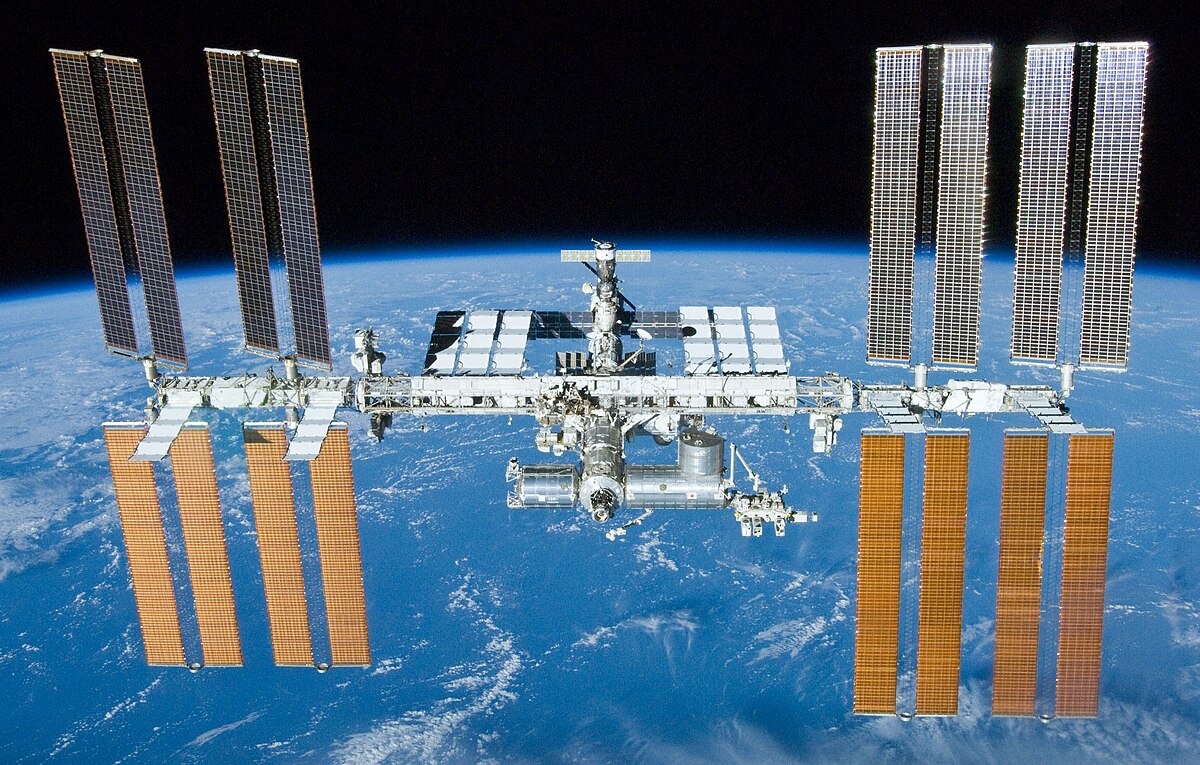The United States has vociferously condemned the Anti-Satellite Missile Test (ASAT) conducted by Russia at one of its own satellites that reportedly put the crew members at the International Space Station (ISS) in danger.
“The United States will be looking closely at Russia’s actions in the coming days to determine whether to take action following Moscow’s alleged anti-satellite missile test”, US State Department spokesperson Ned Price said.
Earlier on Monday, the US State Department accused Russia of conducting an anti-satellite missile test against one of its own satellites. Washington condemned the action that allegedly generated debris and threatened the interests of all nations.
The debris forced the crew members of ISS to hide away in capsules to save their lives. Astronauts and Cosmonauts had to take cover every hour and a half as the debris crossed the space station’s orbit. There are currently 7 crew members on board, including 4 Americans, 2 Russians, and a German.
The anti-satellite, or ASAT, collision appears to have occurred in an orbit around 500 kilometers above the Earth’s surface, according to satellite trackers, and about 80 kilometers above the International Space Station’s orbit. However, an impact could have pushed debris into new trajectories that could threaten the ISS.
Soviet-Era Satellite
The breakup material of the Russian satellite passed by without any untoward incident, but its origin is now under the scanner. The wayward material appears to have come from a targeted Russian satellite, Kosmos-1408.
“Russia tested a direct-ascent anti-satellite (DA-ASAT) missile on Nov. 15, 2021, Moscow Standard Time, that struck a Russian satellite [COSMOS 1408] and created a debris field in low-Earth orbit. The test so far has generated more than 1,500 pieces of trackable orbital debris and will likely generate hundreds of thousands of pieces of smaller orbital debris, ”the statement said on Monday.
Russia’s test of a direct-ascent anti-satellite weapon demonstrates that they continue to pursue counter space systems that undermine strategic stability, US Space Command chief Gen. James Dickinson said in the statement.
It was a spy satellite launched in 1982 which has ceased to function a long time back, reported the BBC. The NASA Administrator Bill Nelson has been outraged by the incident.
However, the Russian Space Agency was quick to downplay the incident and tweeted that “The orbit of the object, which forced the crew today to move into spacecraft according to standard procedures, has moved away from the ISS orbit. The station is in the green zone.”
Ned Price pointed out that the missile test, along with other activities, may “pause” in resetting US-Russia relations as was hoped after the Geneva summit.

The relationship between the two Cold-War rivals has been very rocky for the last few years. A bilateral summit between Joe Biden and Vladimir Putin was held on 16 June in Geneva, Switzerland to repair ties.
Ned Price’s statement has hinted at a possible stalemate and potential worsening of relations between the two countries ahead of the planned summit.
“I don’t want to get ahead of specific measures that we may pursue … We are going to watch very closely as the Russian Federation chooses its actions in the coming days and weeks,” Ned Price said.
In many ways, I think it is too soon to tell whether that sort of more stable, more predictable relationship with Moscow is on the table,” he added. “But we are keeping those lines of diplomacy open.”
“Russia has demonstrated a deliberate disregard for the security, safety, stability, and long-term sustainability of the space domain for all nations,” said US Space Command commander Gen. James Dickinson.
“The debris created by Russia’s DA-ASAT will continue to pose a threat to activities in outer space for years to come, putting satellites and space missions at risk, as well as forcing more collision avoidance maneuvers. Space activities underpin our way of life and this kind of behavior is simply irresponsible, as CNN reported.
Leo Labs, a space debris-tracking company, said its radar facility in New Zealand had picked up multiple objects where the long-defunct spacecraft should have been, further telling the BBC.
Only a few countries have the capability to target and destroy satellites from the ground, including the US, Russia, China and India. Testing of such missiles is rare and more so in the backdrop of calls to prevent the militarization of space.
China conducted its ASAT test in 2007 on one of its weather satellites. India conducted an ASAT test in 2019 on one of its own low orbit satellites which also created huge amounts of debris. However, the Indian government also downplayed the incident assuring the world that the debris would decay and fall off due to the low altitude of the target.
The debris from these anti-satellite missions causes widespread damage to space. While some of the material comes to the earth, a large amount of it remains suspended and can potentially harm assets in space.
- Via Sputnik News Agency
- Follow EurAsian Times on Google News




